
Tell your friends about this item:
Cattle Kate
Charles River Editors
Cattle Kate
Charles River Editors
*Includes pictures
*Includes excerpts of contemporary accounts
*Includes a bibliography for further reading
In the span of scarcely more than a half century, the West developed from a handful of scattered fur trapping enterprises predominantly inhabited by males to a region full of burgeoning rustic communities, and before the government's official "closure" of the frontier as a lawless expanse, Western societies were essentially living apart from traditional American rule of law. What judicial structures were at work across the West were erratic, often willing to exercise extremes without evidential justification, and manipulated by major corporate interests of the day, most notably cattle.
As this suggests, despite the fact westward expansion is more often than not characterized as a conflict with nature and indigenous cultures, inherent danger existed as frontiersmen, family homesteaders, entrepreneurs, and cattle giants fought for a share in the new frontier life. At times, those in search of wealth, whether from a gold rush, an iconic technology, or from the acquisition of land and livestock, went beyond the decimation of the indigenous peoples. That portion of the frontier offered to the more modestly endowed settlers by federal legislation emerged as an economic irritant to bigger companies and the elite. In some economic quarters, they exerted an extreme effort to sabotage the prevailing structure and remove lower classes from the government's promise.
Where older America depended on the slave culture to sustain its rural existence, cattlemen serving Atlantic appetites for meat forged empires of unthinkable dimensions in the West. With a weak system of law enforcement and unlimited availability of federal acreage open for public use, cattle barons granted themselves land rights and legal authority without limit. Once in control, they dared anyone to correct them, individual or institutional, and in light of their commercial contribution to the markets back east, there was little chance of government reprisals against their usurpation.
Ultimately, major cattle interests inevitably collided with a parallel migration of settlers seeking small plots of land and modest holdings in cattle, sheep, and seasonal farming. This was not a problem the wealthy observed at a distance, but the claim of a lesser segment of society made against them for rule over America's new ground. The age of the cattle boom was, lamentably for industrialists coveting the vast tracts of the West, also the founding of a new Pacific-oriented population. Once the Whitman family reached the Walla Walla Valley in search of a Protestant mission, securing a foothold in the most distant and alien territory, the Oregon Trail swelled with travelers intent on doing the same.
The demand for choice land involved not only quantity of acreage, but controlled access to lakes, rivers, springs, creeks, wells, and unimpeded routes for cattle drives. In holding property rights to the smallest stretch of flowing water, the simple homesteader could create considerable peril for a vast, lucrative cattle enterprise. In the reverse, a settler could be driven off his land by the withholding of streams through specific property management, and by the destruction wrought by ravenous and unchecked herds.
Many such conflicts ended in violence between business and personal interests. On July 20, 1889 in the Wyoming Territory, in an unbridled display of vigilantism, a group of powerful cattle magnates and their hired hands executed a pair of homesteaders perceived as intruders seeking land they did not deserve. In turn, they dared the region's pallid legal system to confront them over the matter. The shock of this specific event, still a subject of interest in the range country, marked the first and last illegal hanging of a female in the Wyoming country.
| Media | Books Paperback Book (Book with soft cover and glued back) |
| Released | March 25, 2020 |
| ISBN13 | 9798630670410 |
| Publishers | Independently Published |
| Pages | 68 |
| Dimensions | 216 × 280 × 4 mm · 181 g |
| Language | English |
More by Charles River Editors
Others have also bought
See all of Charles River Editors ( e.g. Paperback Book and Book )

 Christmas presents can be returned until 31 January
Christmas presents can be returned until 31 January


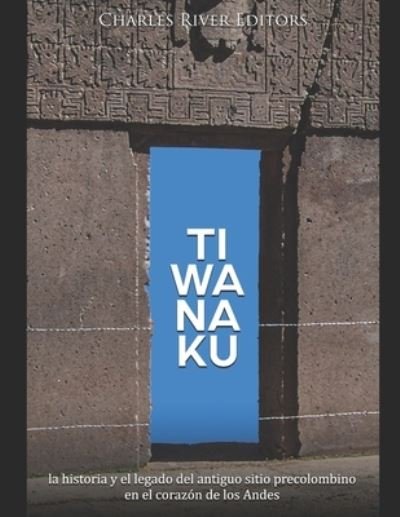

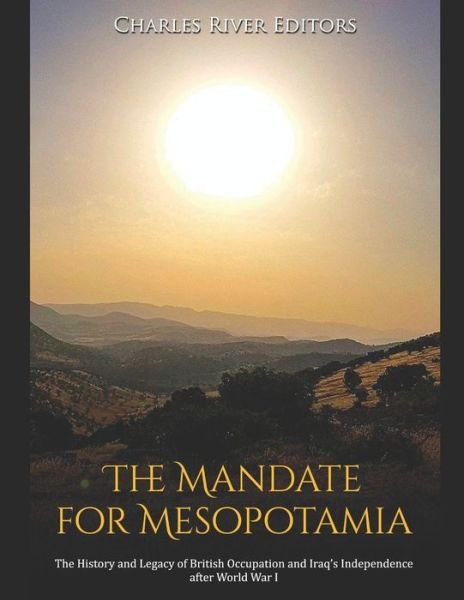
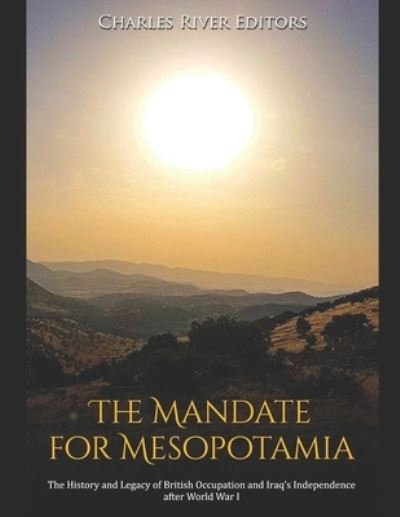


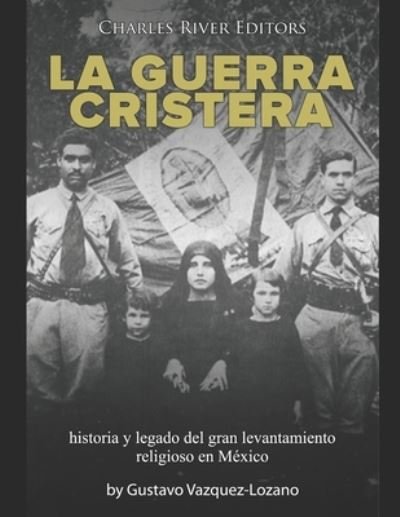
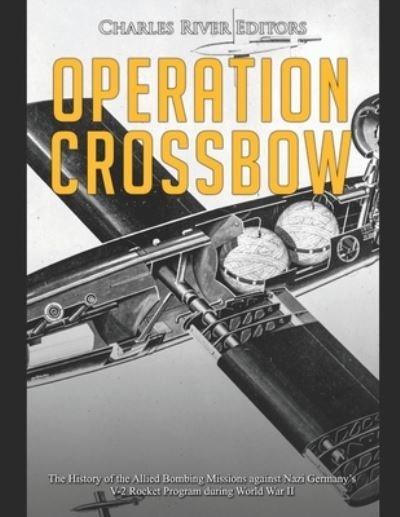
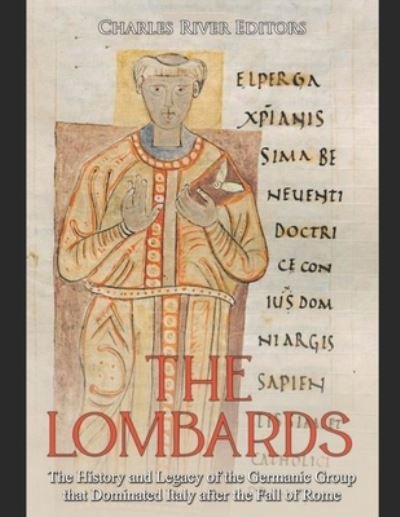
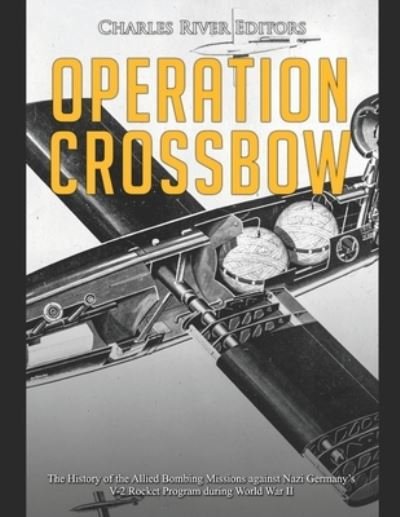
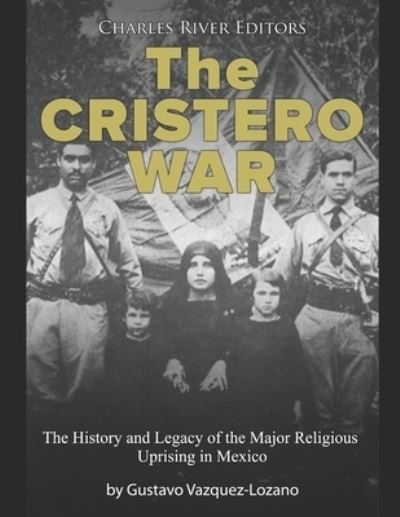
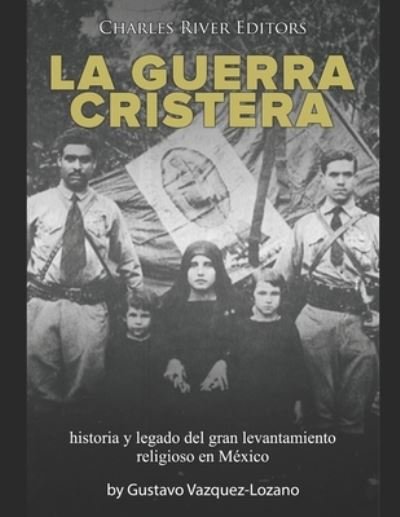
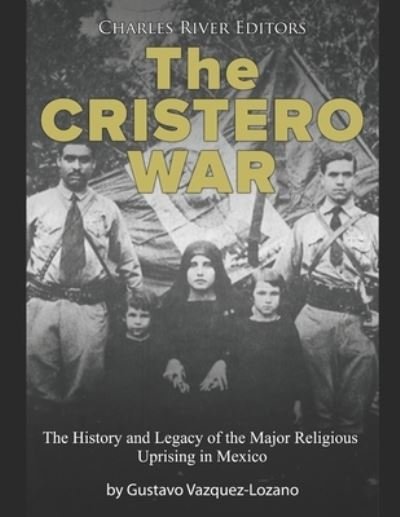



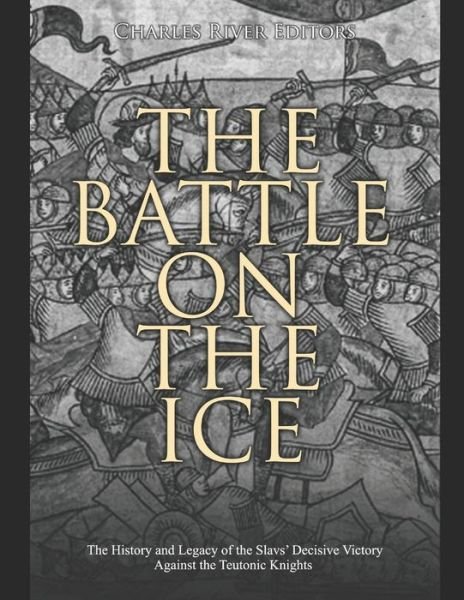
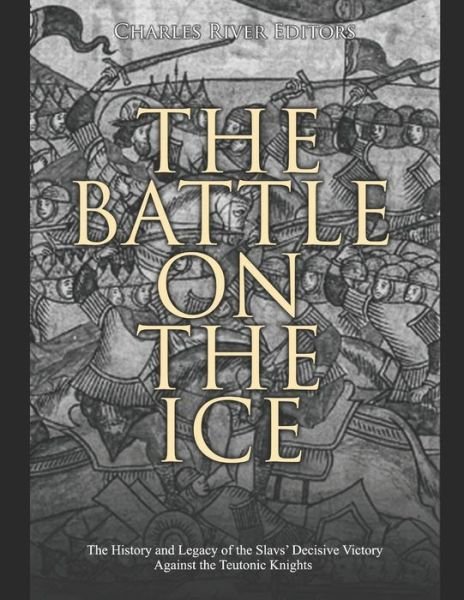
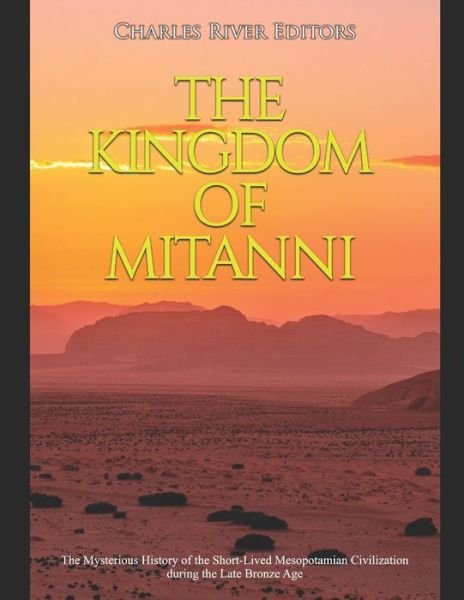
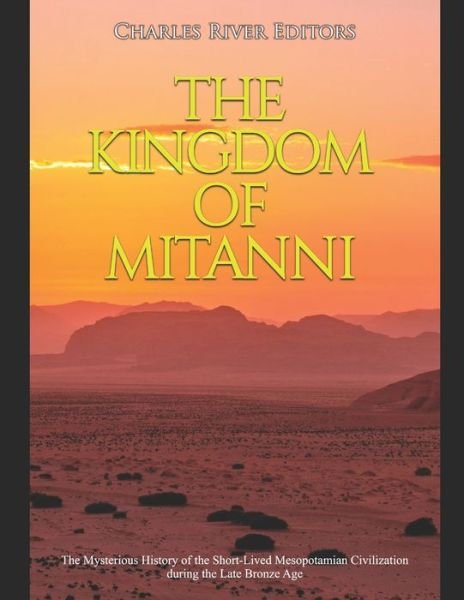
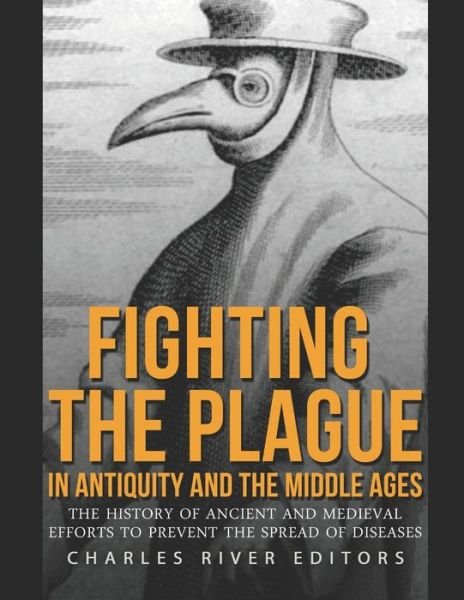
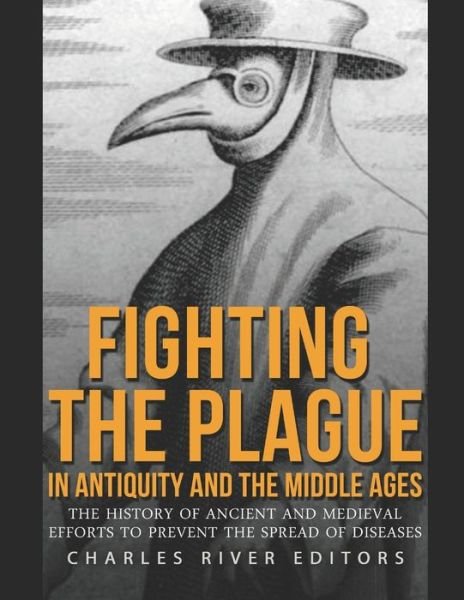

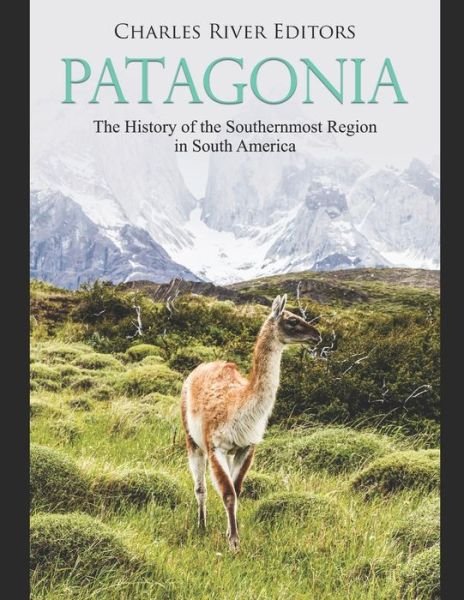


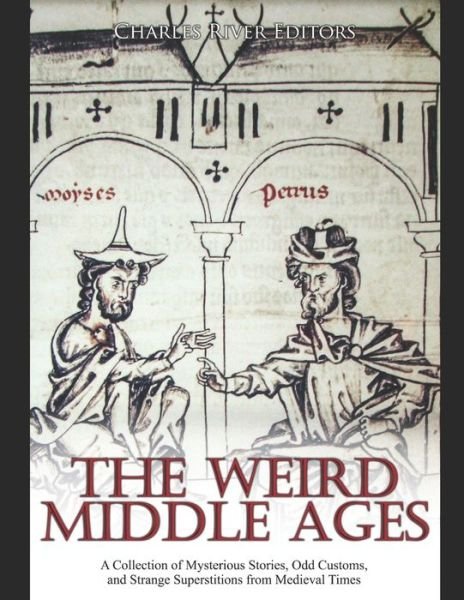
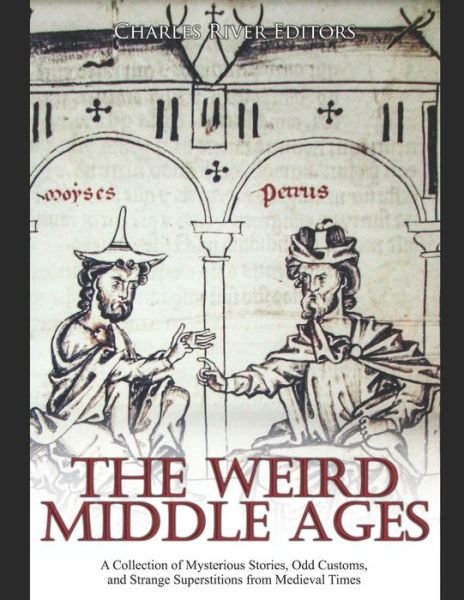
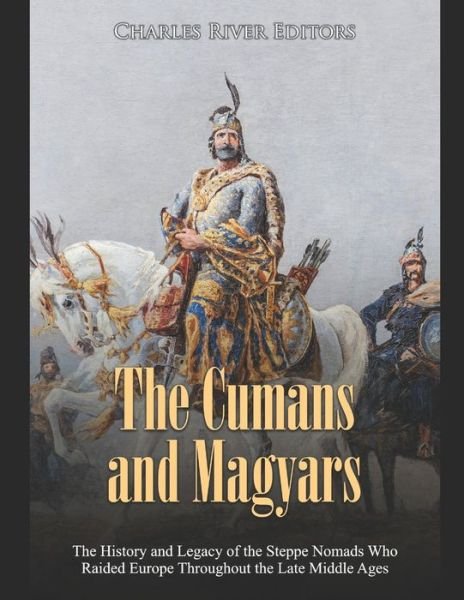
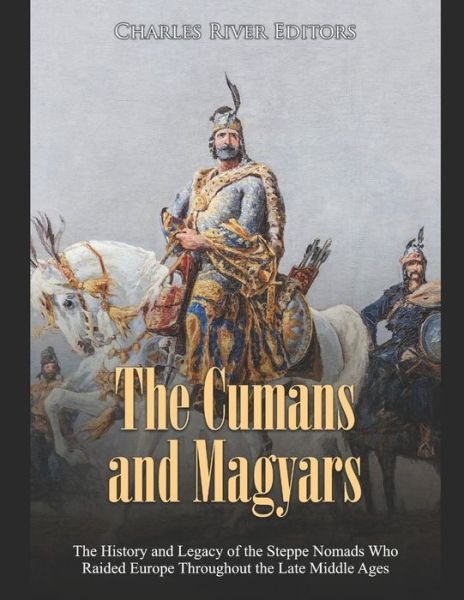
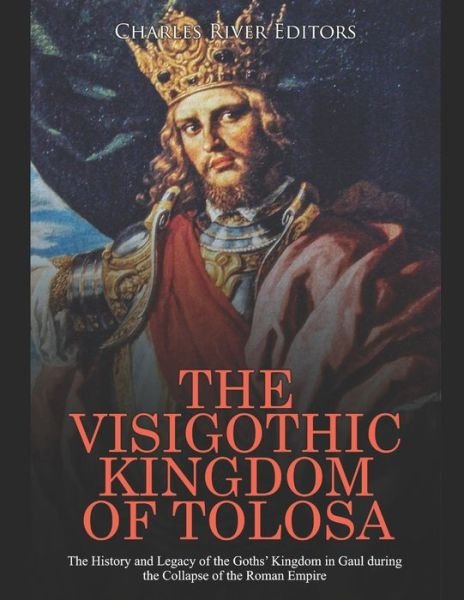
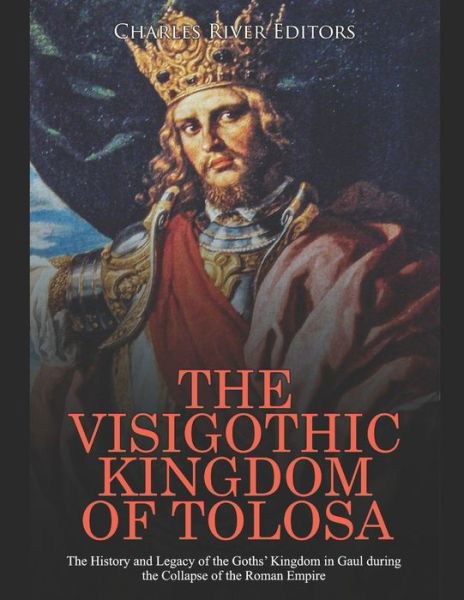

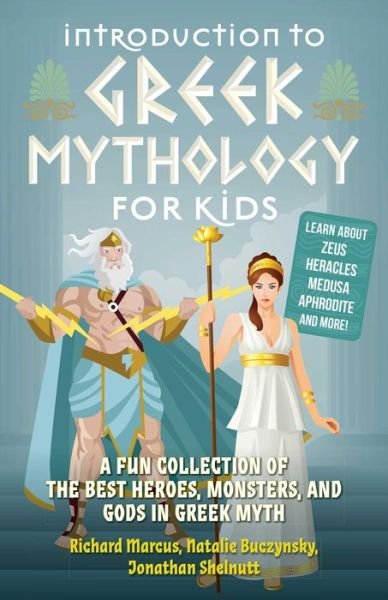
![Cover for Charles Dickens · Den hjemsøgte mand og åndens tilbud (Nyillustreret) (Bound Book) [1st edition] (2022)](https://imusic.b-cdn.net/images/item/original/123/9788772048123.jpg?charles-dickens-2022-den-hjemsoegte-mand-og-aandens-tilbud-nyillustreret-bound-book&class=scaled&v=1654049104)
![Cover for Linda Lehun · Musikbogen (Paperback Book) [1st edition] (2016)](https://imusic.b-cdn.net/images/item/original/063/9788759891063.jpg?linda-lehun-2016-musikbogen-paperback-book&class=scaled&v=1486719785)
![Cover for Dian Hanson · The New Erotic Photography - Bibliotheca Universalis (Hardcover Book) [Multilingual edition] (2017)](https://imusic.b-cdn.net/images/item/original/715/9783836526715.jpg?dian-hanson-2017-the-new-erotic-photography-bibliotheca-universalis-hardcover-book&class=scaled&v=1490369714)



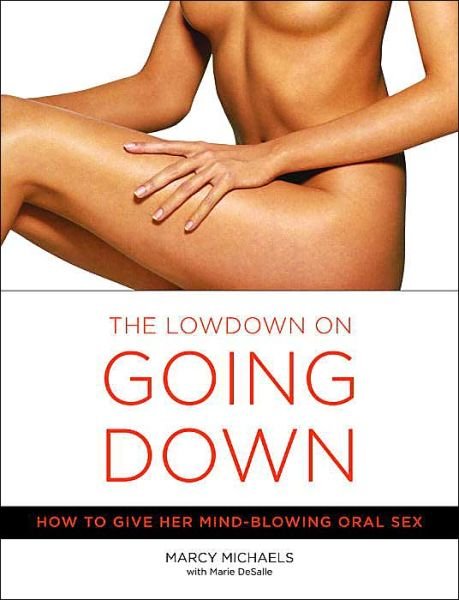

![Cover for Jesper Wung-Sung · To ryk og en aflevering (Sewn Spine Book) [3rd edition] (2009)](https://imusic.b-cdn.net/images/item/original/996/9788763811996.jpg?jesper-wung-sung-2009-to-ryk-og-en-aflevering-sewn-spine-book&class=scaled&v=1341784896)

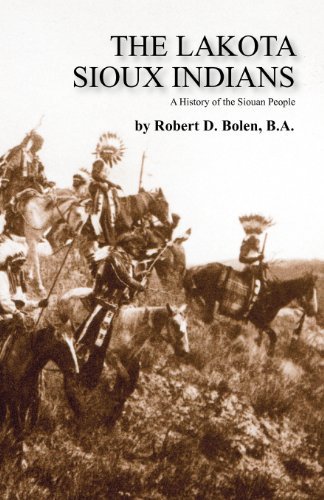

![Cover for Claus Drengsted-Nielsen · Lille dansk grammatik (Sewn Spine Book) [1st edition] (2016)](https://imusic.b-cdn.net/images/item/original/692/9788702194692.jpg?claus-drengsted-nielsen-2016-lille-dansk-grammatik-sewn-spine-book&class=scaled&v=1499896829)
